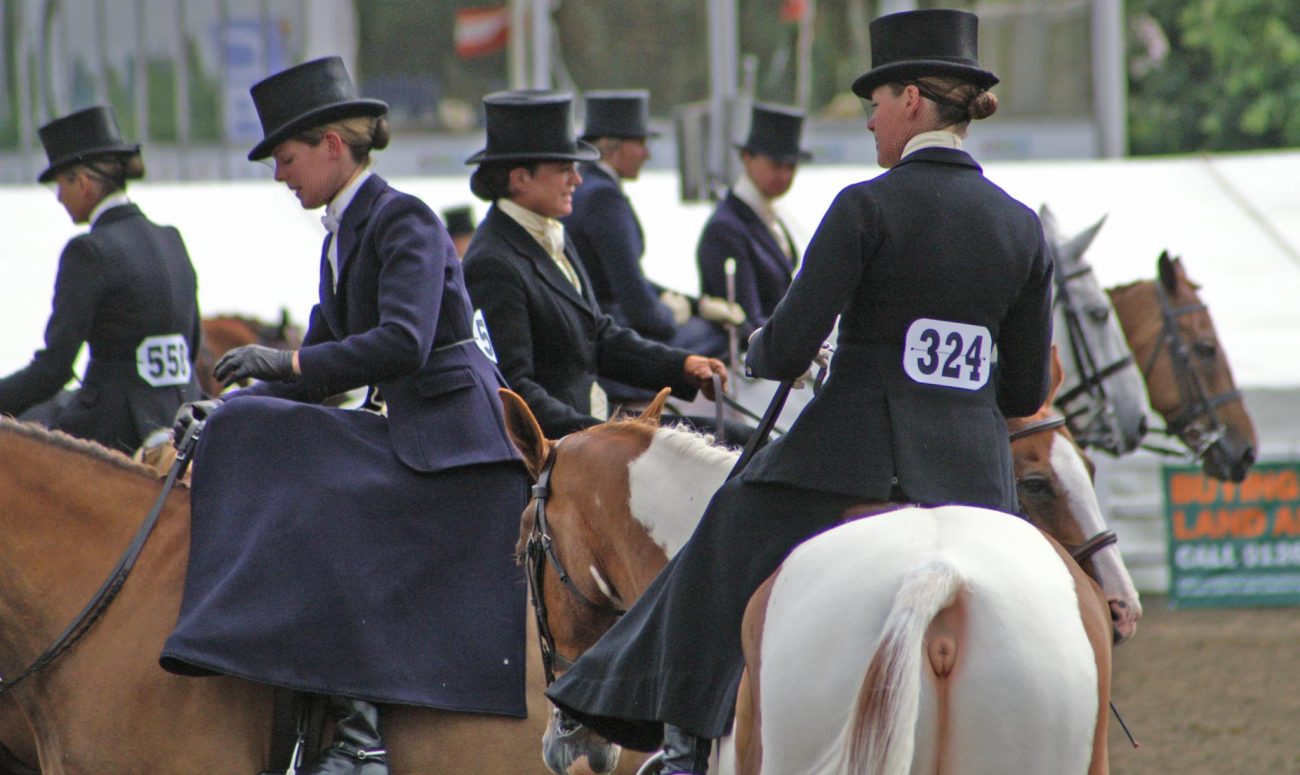Over the last few years, side saddle riding has grown increasingly popular among women.
This saddle has a flatter profile than normal saddles and only one stirrup. The horse’s right foot hangs down into the side of the saddle and is secured with a stick.
Origins
Side saddle horse riding has been an iconic part of equestrian history for centuries. Initially used as a pillion seat by women riding behind men, this practice eventually evolved into more practical designs with footrests and horns added to the front of the saddle.
Anne of Bohemia in the 14th century popularized sidesaddles that looked more like chairs than saddles, with a footrest and single pommel or horn in front. Unfortunately, this gave riders little control over their horses, making it difficult for them to steer and travel quickly.
In the 16th century, Catherine de Medici revolutionized saddle design by adding a second horn and replacing the footrest with a “slipper stirrup,” connecting her right leg directly to the pommel of the saddle. This enabled riders to face forward so they could keep an eye on their horses at all times.
Benefits
Side saddle riding may seem unusual to some, but it has become an increasingly popular form of horse-riding today. New riders take up sidesaddle riding for various reasons – some wanting to improve their balance and control, others to compete or hunt.
At first, it can take some getting used to sitting aside. For best results, begin with lessons on an educated horse – preferably one who has earned its side saddle license.
A trained horse can usually be ridden both astride and sidesaddle, though some require additional training to become comfortable in either position. The horse must have enough frame and movement to support the additional weight of a saddle, as well as being well-trained astride with assurance in its work.
Read more in our another blog post: Why Did Women Ride Side Saddle?
Safety
Side saddle riding can be a safe and enjoyable experience for both horse and rider. However, there are certain safety measures that should be taken in order to guarantee your side saddle journey is an enjoyable one.
First and foremost, make sure you are wearing a certified riding helmet before getting on any horse. A helmet will keep your head and face protected from any impact while keeping you alert while working.
Second, be cautious when mounting and dismounting from your side saddle. With all your weight on the left leg, it can be challenging to balance with just your right leg in place; thus, have someone hold the right stirrup while mounting.
If you are uncertain about riding side saddle, it may be beneficial to book a lesson with an instructor. This way, you can ask all your questions, determine if sidesaddle riding is suitable for you and confirm the safety of the equipment you will use.
Style
Side saddle riding is a style of horseback riding popular among some equestrians. You may see it at shows and compete in various disciplines such as hunter seat, dressage and western.
The earliest functional side saddle was a chair-like design created in the 14th century by Princess Anne of Bohemia. This compromise between women’s modesty and maintaining the horse’s natural gait was successful.
Catherine de Medici later devised a more practical side saddle that featured one pommel over which to hook her right leg. This saddle made it easier for women to ride and control their own horse, even at slower speeds.
Recently, there has been a rebirth in side saddle riding. This trend can be seen particularly in horse shows where there are numerous special sidesaddle classes. It also appears in other equestrian activities like fox hunting and timber racing.
Featured image: David Merrett (flickr.com)
